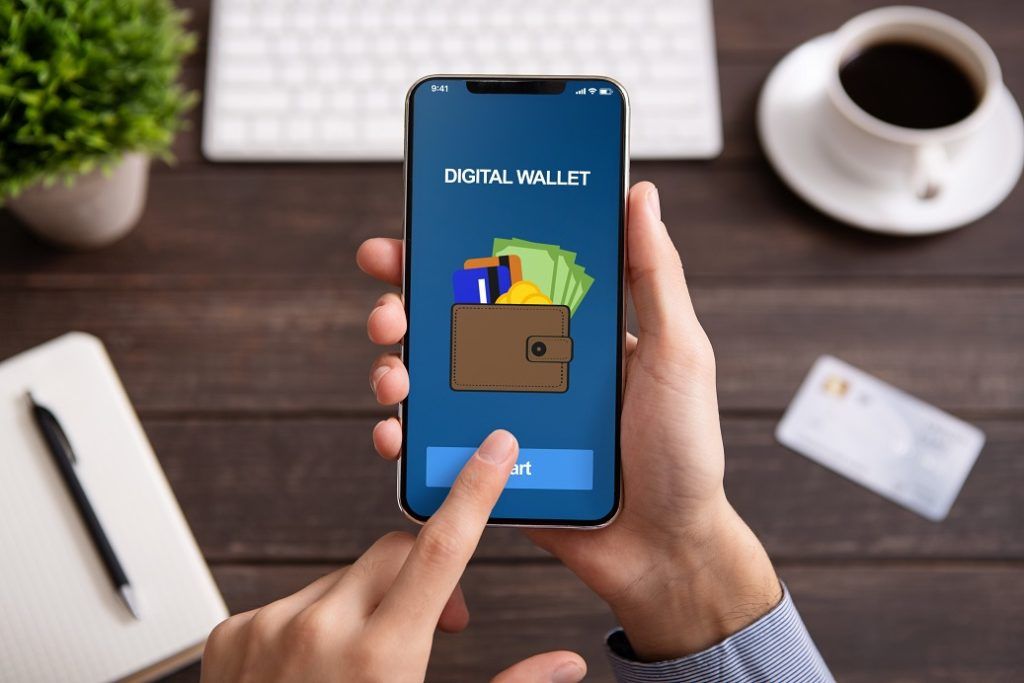Japan is set to digitally revolutionize its national identification system, allowing residents to use their iPhones as official ID cards. This initiative, announced on Thursday, follows the successful integration of the "My Number" card with Android devices in May 2023. The "My Number" card, launched in 2016, assigns a unique 12-digit number to each citizen and serves as a central hub for various personal data, including tax and social security information.
The shift to digital IDs on iPhones is a culmination of discussions between Japanese Prime Minister Fumio Kishida and Apple CEO Tim Cook in December 2022. By incorporating the "My Number" card into Apple Wallet, iPhone users in Japan can potentially streamline bureaucratic processes and access government services with greater ease. Examples include obtaining official documents at convenience stores or applying for childcare benefits online, eliminating the need to carry physical cards.
This digitalization effort aligns with Japan's broader push for technological advancements in the public sector. The government hopes that the convenience of using smartphones for identification will encourage wider adoption of the "My Number" card system, which has seen a lukewarm reception since its inception. As of September 2022, only around half of the population had enrolled for the card.
Security remains a paramount concern with the digital ID program. Apple has assured users that the "My Number" card information will be safeguarded using industry-leading security protocols, including Face ID or Touch ID for authentication purposes. The system is designed to function even without an internet connection, further mitigating potential security risks.
The integration of the "My Number" card with iPhones is expected to be implemented in spring 2025. This initiative signifies a significant step towards a more digital and citizen-centric approach to service delivery in Japan. While the long-term impact of this program remains to be seen, it has the potential to transform the way residents interact with government agencies and access essential services.

